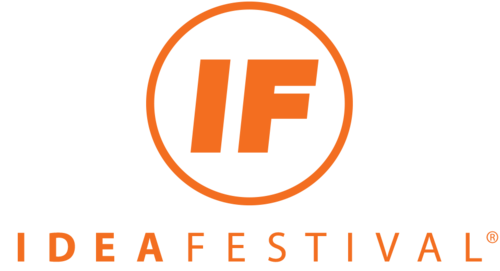 Image: Geoff Oliver Bugbee
Image: Geoff Oliver Bugbee
Appearing last year at Thrivals during the IdeaFestival, IBM's Watson pitted its synthetic circuitry against the wetware of several student volunteers and won a game of Jeopardy!. The outcome was never in doubt. Given an enormous edge in brute force calculations and an ample data set that boots when the machine runs, Watson can reference and parse more information than any human will ever call to mind when answering a question. That's because the human mind, alloyed as it is with our biology, deals with constraints that require it once in a while to transcend logic. Art, literature, theater - the urge to create, to make sense of it all - is the hallmark of human intelligence. We look for meaning, not facts.
Artificial intelligence research has long targeted robots that might be more like us. In one way it has succeeded.
The fact is machines can pass themselves off as human. They can pass the Turing test. It's been done. It could have been done at Thrivals had one or more of the kids onstage who challenged Watson been fed the answers. Given a bit of theater from Watson's creators - "no one has ever done this before!" - the audience may have been fooled. But no synthetic machine is likely to write Stanley Kuntiz's "Touch Me," or understand the existential frame of mind of Shakespeare's Hamlet as he considers wading into the ocean. And given the depth to which sarcasm and humor have penetrated popular culture to deal with the surfeit of information that machines can handle without complaint, language can only be more difficult to grasp. Feed Watson some Onion ledes and it might blow a fuse.
So in an all too human twist to this story, researchers have begun, instead, to look for intelligences unique to robots. According to "AI Robot, How Machine Intelligence is Evolving" in The Guardian last weekend, research is more or less abandoning attempts to create Turing-like creatures that can fool their human hosts.
But isn't this number-crunching rather than the emergence of a new intelligence? The machine is just performing tasks that have been programmed by the human brain. It may be able to completely outperform my brain in any computational activity but when I'm doing mathematics my brain is doing so much more than just computation. It is working subconsciously, making intuitive leaps. I'm using my imagination to create new pathways which often involve an aesthetic sensibility to arrive at a new mathematical discovery. It is this kind of activity that many of us feel is unique to the human mind and not reproducible by machines.
....[O]ne of the most striking experiments in AI is the brainchild of the director of the Sony lab in Paris, Luc Steels. He has created machines that can evolve their own language. A population of 20 robots are first placed one by one in front of a mirror and they begin to explore the shapes they can make using their bodies in the mirror. Each time they make a shape they create a new word to denote the shape. For example the robot might choose to name the action of putting the left arm in a horizontal position. Each robot creates its own unique language for its own actions.
The really exciting part is when these robots begin to interact with each other. One robot chooses a word from its lexicon and asks another robot to perform the action corresponding to that word. Of course the likelihood is that the second robot hasn't a clue. So it chooses one of its positions as a guess. If they've guessed correctly the first robot confirms this and if not shows the second robot the intended position.
In true Jeopardy! style, the better question wins. The entire article is here.
Wayne
